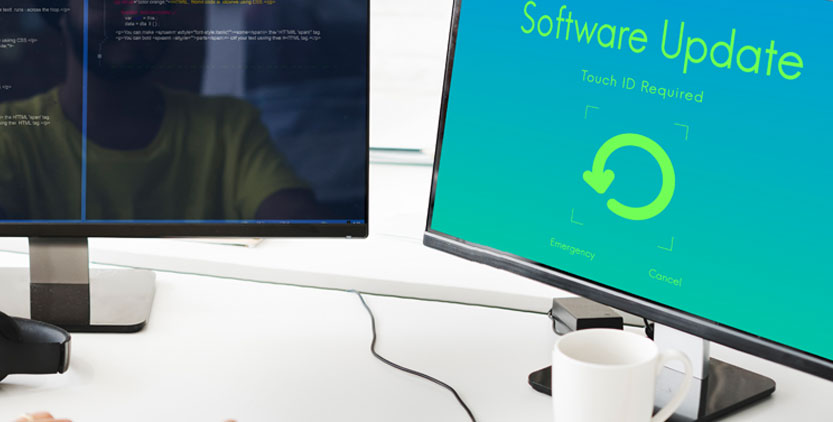
How to handle stakeholders, when your software is desperate for an upgrade
Managing stakeholder tensions is as old as the human race – perhaps even more ancient. The butting of heads over conflicting issues is something that we have long seen in a business context, and it has caused many projects come to a complete standstill. Why? often because those involved are't able to compromise or agree.
However, it doesn’t have to be this way. There are some effective ways for ensuring that everyone comes away feeling like they have (mostly) gotten what they wanted.
Who is a stakeholder?
Stakeholders are essentially those people who have a ‘stake’ in the business i.e. an interest that can be affected by what happens to the business on a daily basis. This could be anyone from employees right through to directors and management. It could also include the organisation’s suppliers and creditors.
It’s a fairly wide net, which is why it often takes a bit of time to reconcile different interests. Remember that users and vendors are also stakeholders and their interests can be vastly different to those of the stakeholders within a company.
How do you reconcile stakeholder interests?
As with any blending of different interests in business, this involves introducing someone with an objective point of view into the situation with the brief of ensuring that all interests are fairly represented. This person needs to be a leader with enough authority to engage the attention of all the stakeholders and enough of a perspective on the situation to see where the battle lines should be drawn (and how they can be softened into agreement). This will usually be a project sponsor at the executive level, ideally someone with experience in managing stakeholder interests.
How to deal with ‘noisemakers’
In every situation there will be a ‘noisemaker,’ this is someone who is essentially trying to influence the outcome of a project in a way that is disproportionate to their stakeholder role. So this could be a team member who overrides user input or a user who is trying to somehow influence the technical side so that it is focused purely on the functionality that user needs.
Noisemakers can be problematic and disruptive if not dealt with. But they can also contribute significantly if given a voice. Essentially, the way to deal with a noisemaker is simply to offer them the chance to provide their input, solicit other stakeholders to held get the noisemaker on side and, if all else fails, minimise the damage by attempting to isolate the noisemaker from the other more compliant stakeholders.
Stakeholders are a reality of any project and handling them effectively is key to ensuring that the project is not unnecessarily delayed or runs into insurmountable issues. At the end of the day most of those involved will want a positive outcome and it’s just a case of reminding everyone involved of the benefits of success rather than conflict strewn failure.
If you're considering upgrading your software and would like some friendly advice to help you engage your entire team for a smooth cultural transition, then speak to one of the team at Geeks. We’ll help make things as smooth as possible and give you some practical advice to get everyone on-board.










